A House from the Taisho Era Reveals Its Secrets
While visiting an abandoned building, Hamish Campbell discovered photographs the owner had taken of the place in the 1920s.
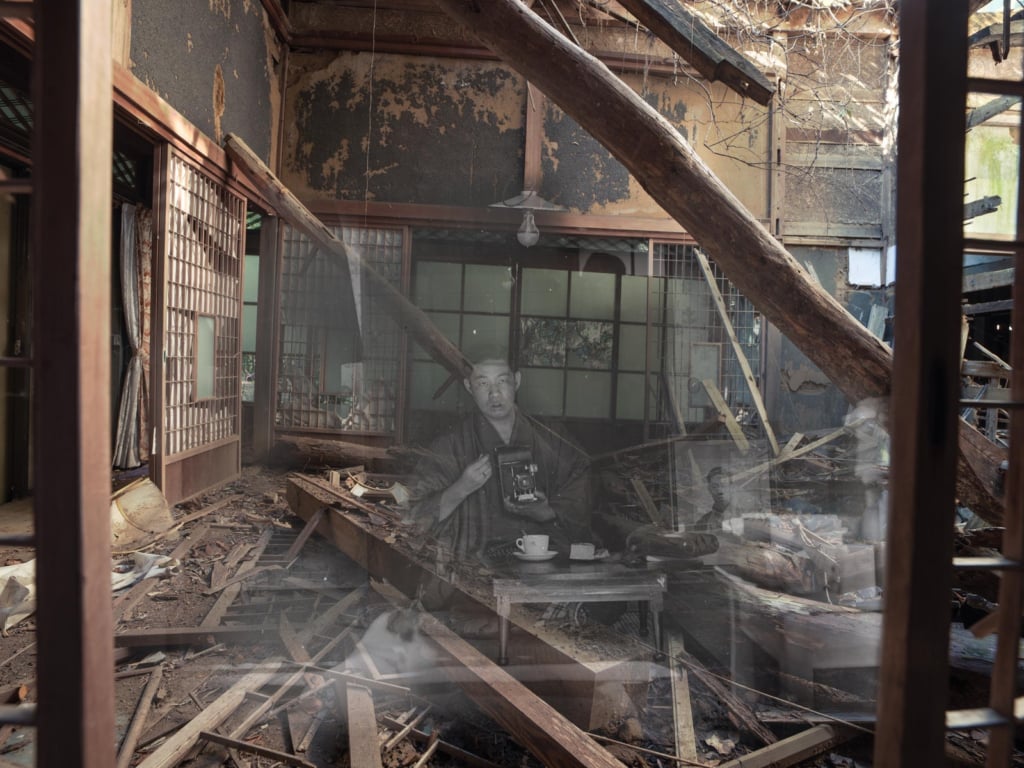
© Hamish Campbell
Hamish Campbell, an Australian photographer and director, has been living in Japan for over ten years. A fan of urban exploration, known as haikyo in Japan, he discovered an abandoned house in the Kansai region (one of the rules of urban exploration is to never reveal the exact locations of sites) following a tip-off from of his friend Florian Seidel, who runs one of the most important websites about Japanese urbex, Abandoned Kansai.
In 2015, when he went to visit the site with his camera, he found a door that concealed over 200 plate-glass negatives, laid out in what appeared to be a darkroom. They showed images captured in the 1920s by the owner of the house, of the house while being built, local schoolchildren, the photographer and his wife on their wedding day, and a whole series of self-portraits.
Pairs of photos taken a century apart
Hamish Campbell thus decided to take some of these glass negatives away in order to scan them and create a series based on a mix of these old photographs and his own modern images: The Taisho Photographer’s House. ‘The fact that these premises still exist, albeit in very different conditions as the house is now in ruins, was an excellent opportunity to connect the past and the present’, the photographer explains in an interview with Pen. ‘This makes it possible to show the humans who previously lived in this space and to connect with the site in its initial form rather than seeing it as a relic or with a slightly unhealthy sense of curiosity.’
The criteria that determined the choice of photographs were precise: to show the story of the place, its construction, and the everyday life events that occurred there. ‘The portraits were important to show how real people used this space, and that it used to be much more than the empty shell that it is now’, Hamish Campbell explains. There was also another goal: to select photographs with angles that could be reproduced today, now that the wooden house has been virtually gutted by nature, which has reclaimed its rights.
‘I often wonder what the photographer would think of the small set I chose; I suppose his selection would have been very different’, muses Hamish Campbell, who is in the process of building his own darkroom and cannot help but reflect on his fellow photographer from the early 20th century. ‘I often find myself thinking about the tiny but effective space that he built in a corner of his house.’
The Australian photographer, who mainly works on the theme of isolation, whether geographical, temporal, emotional, or sociocultural, has created a photographic series and a documentary about the volcanic island of Aogashima, which has just 150 inhabitants, entitled Aogashima – Life among the twin calderas.
The Taisho Photographer’s House (2015), a series of photographs by Hamish Campbell, can be viewed on his website.
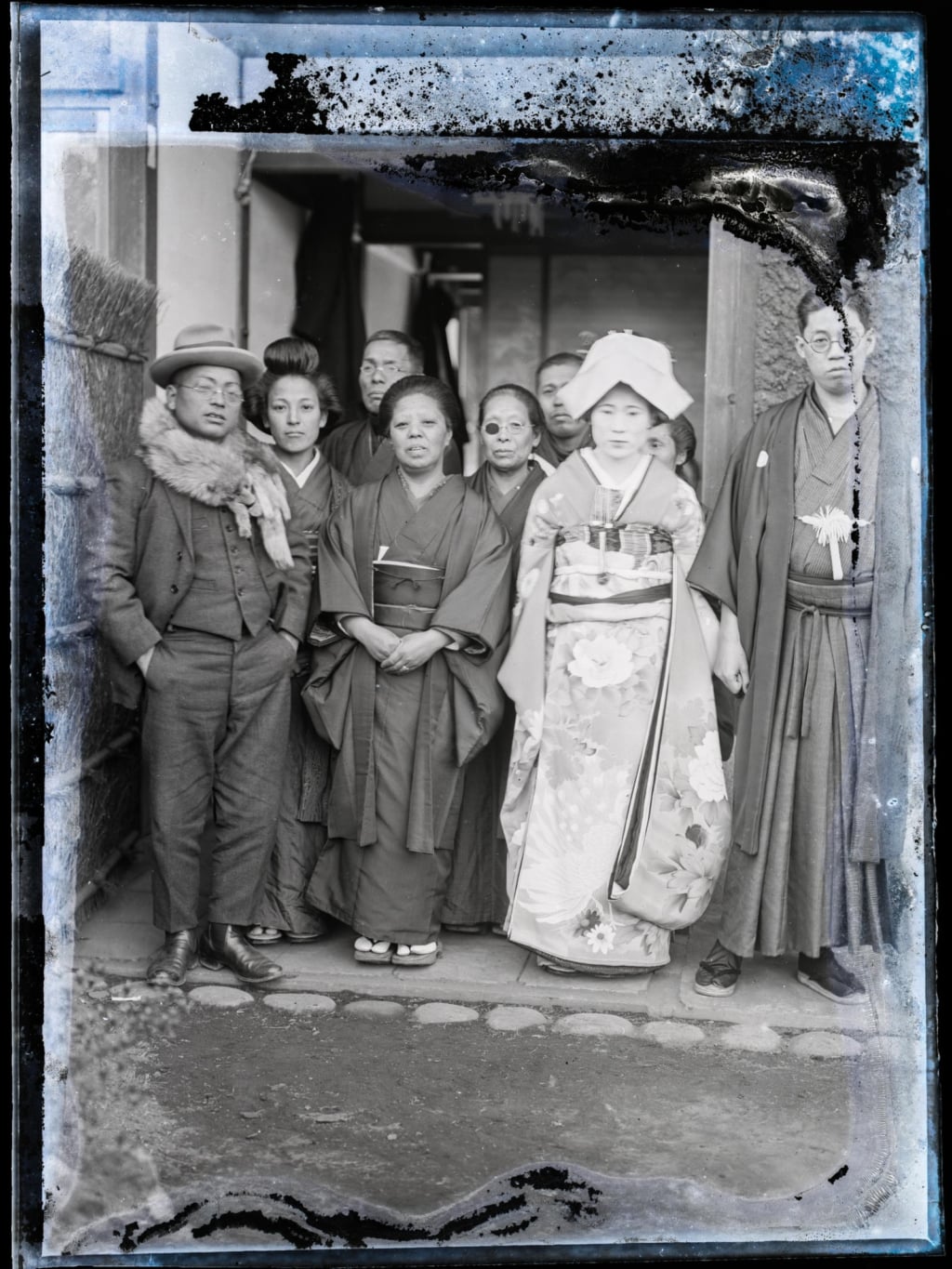
© Hamish Campbell
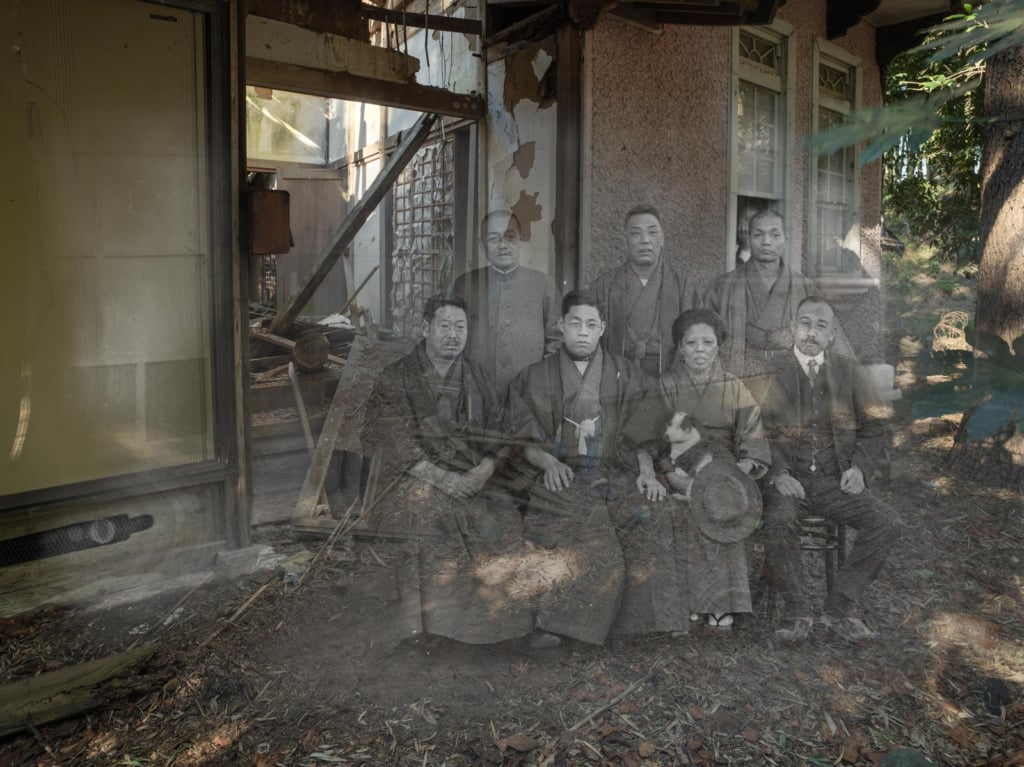
© Hamish Campbell
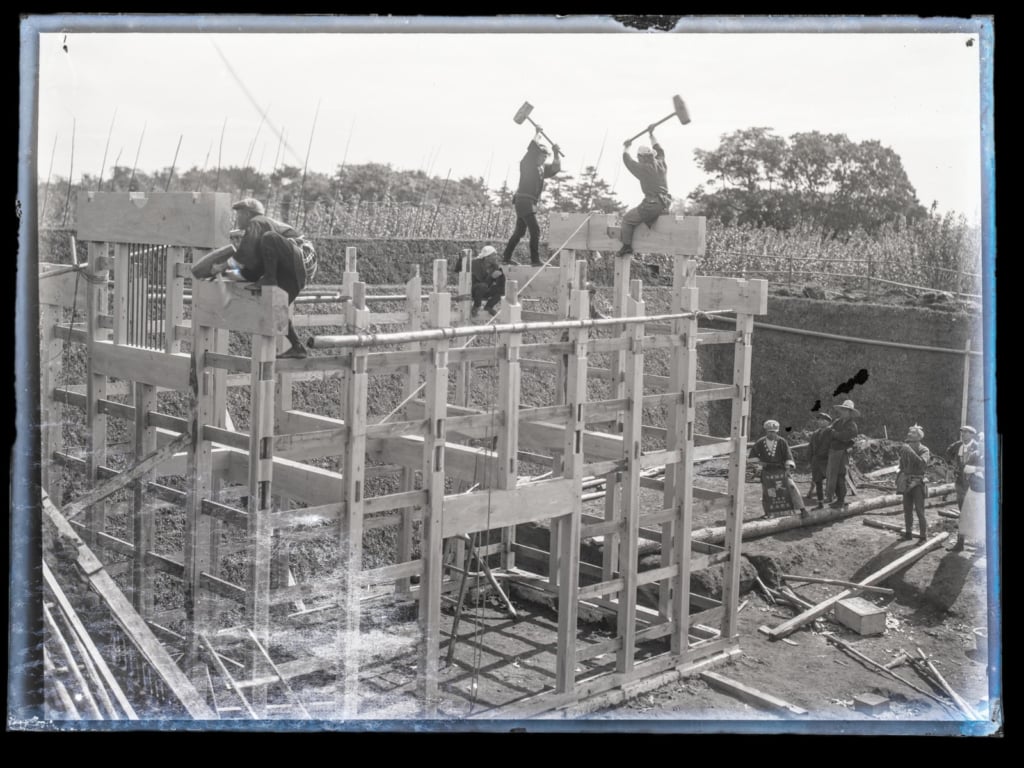
© Hamish Campbell
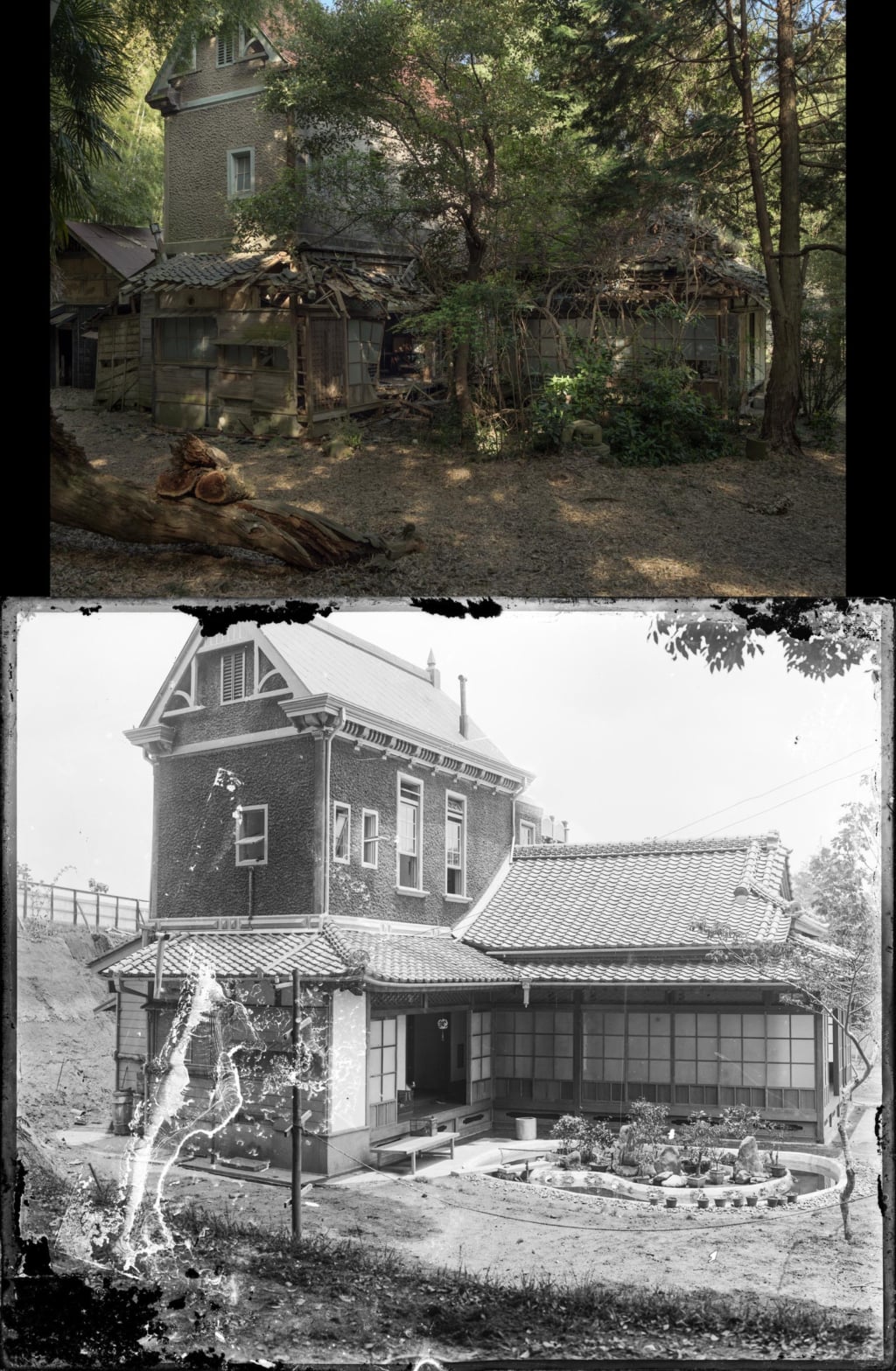
© Hamish Campbell
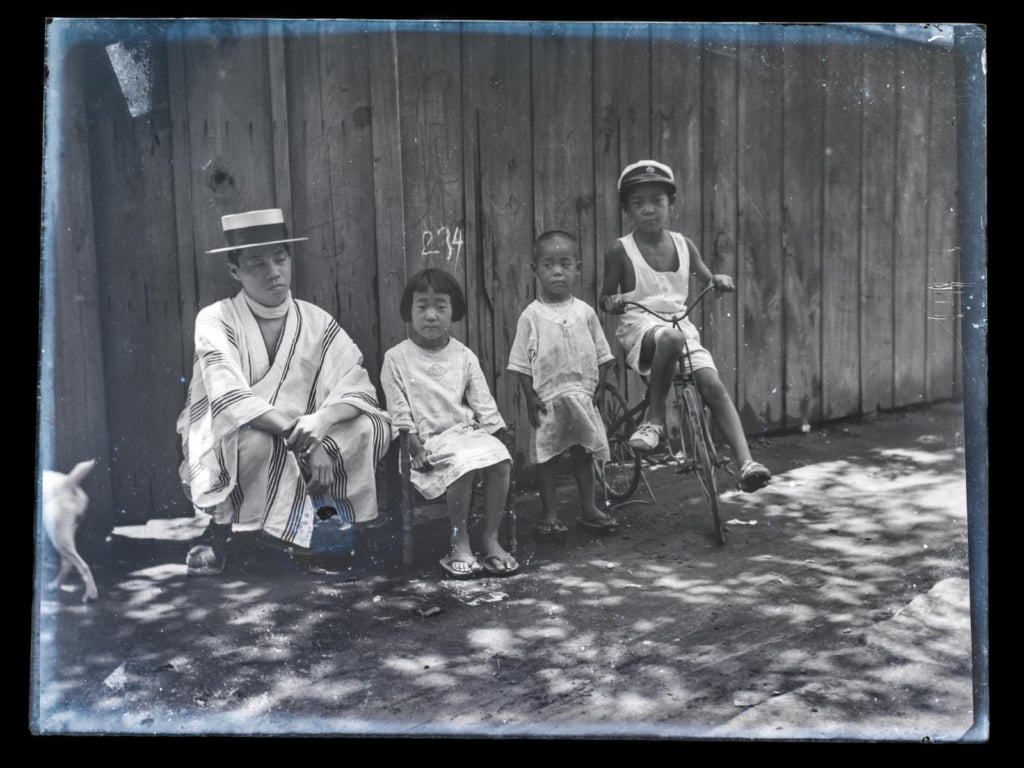
© Hamish Campbell
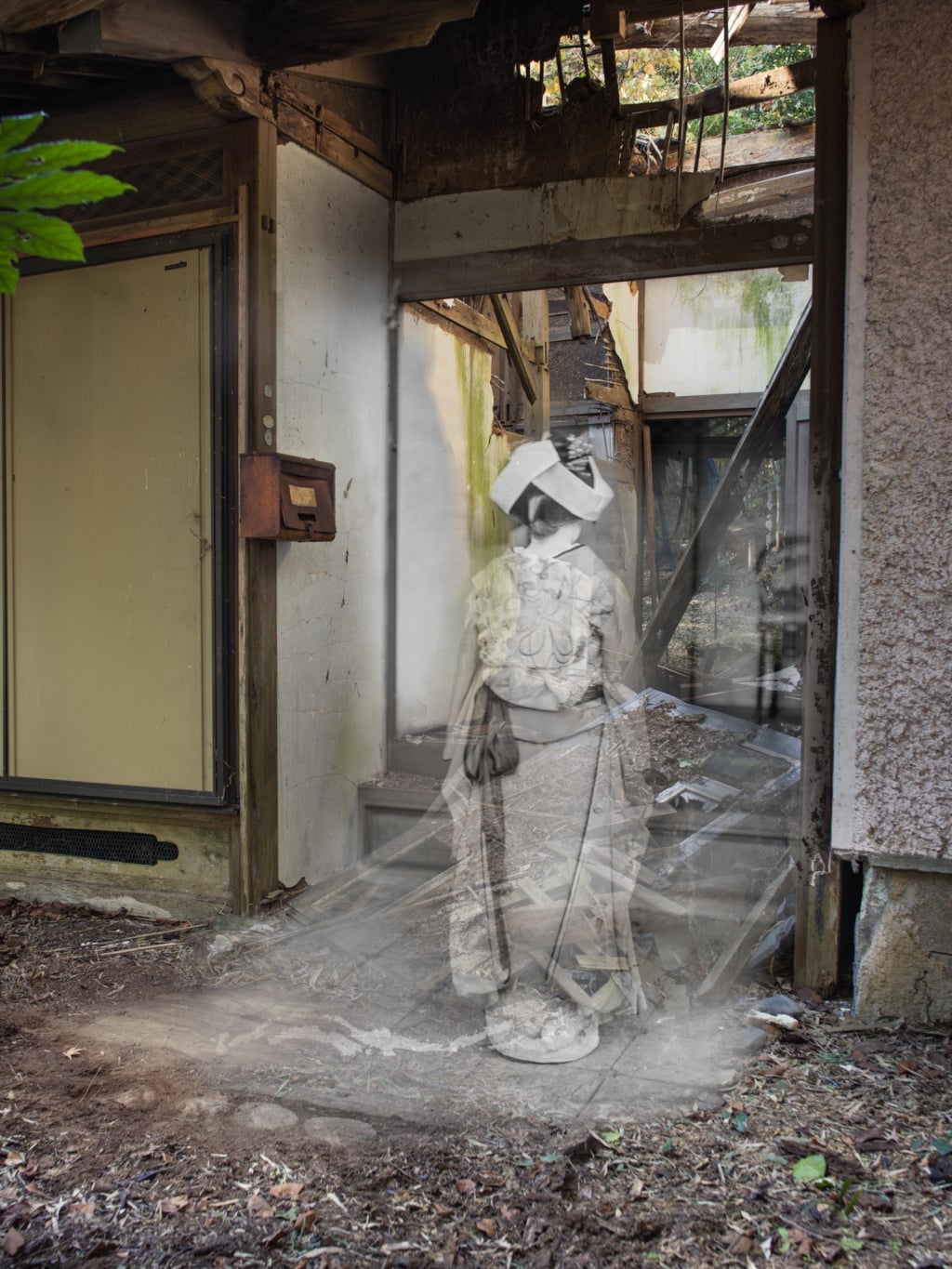
© Hamish Campbell
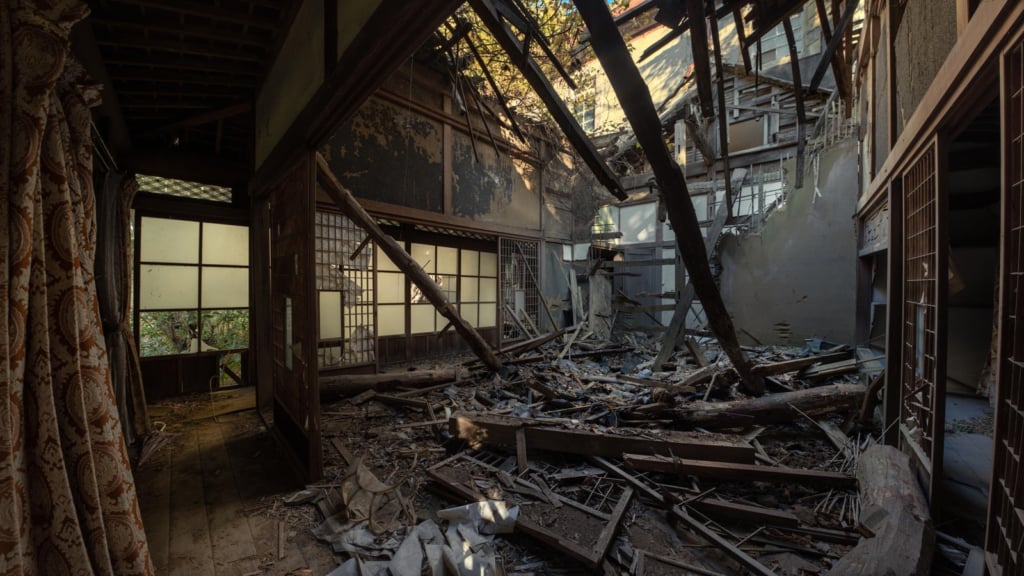
© Hamish Campbell
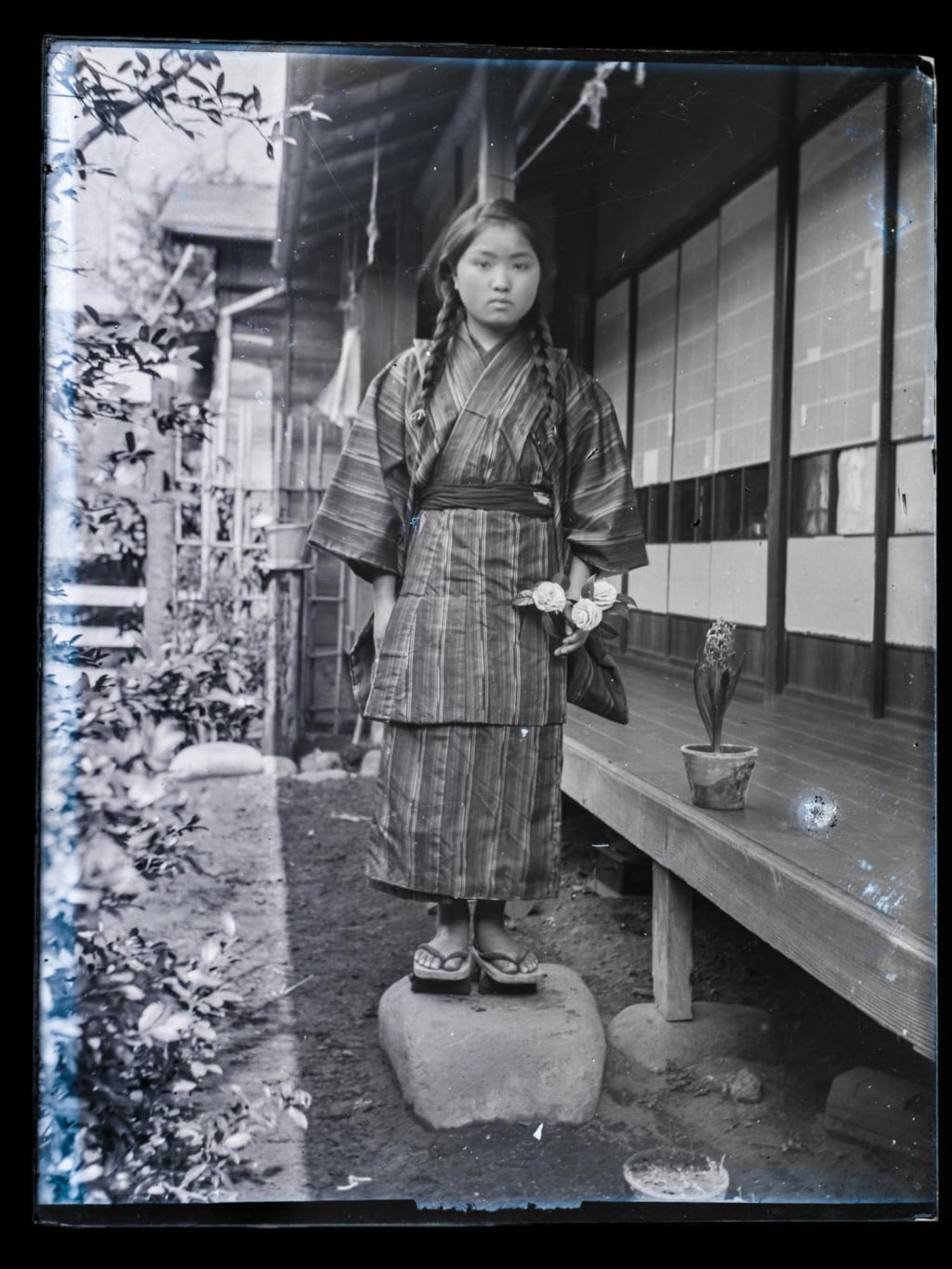
© Hamish Campbell
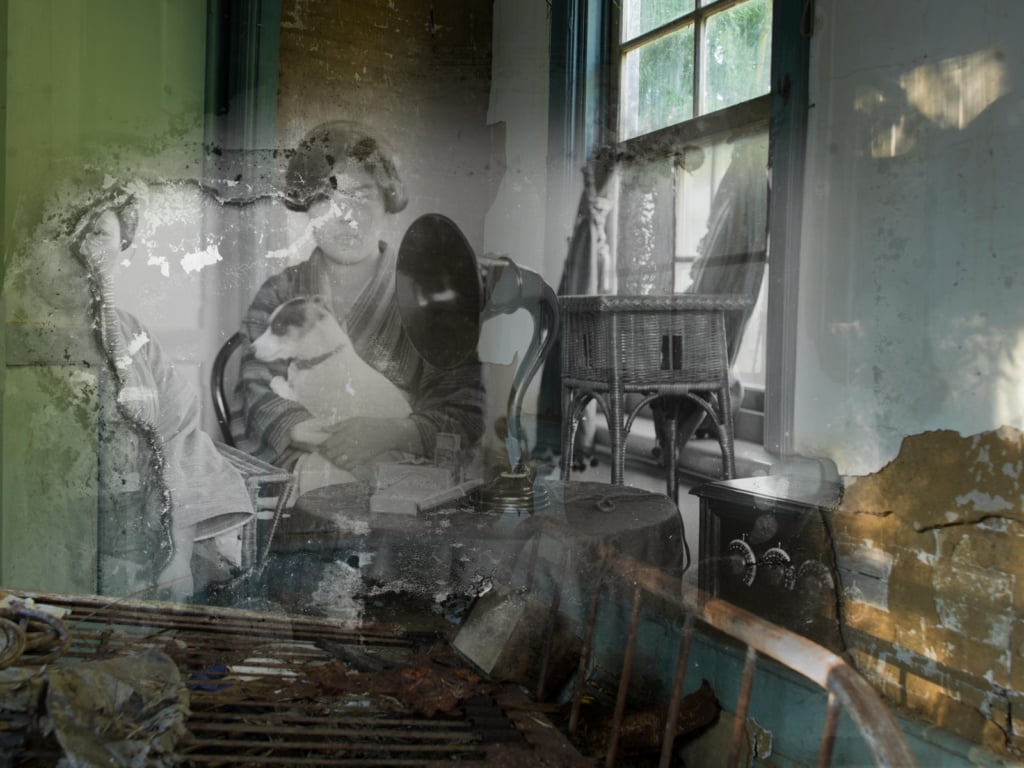
© Hamish Campbell
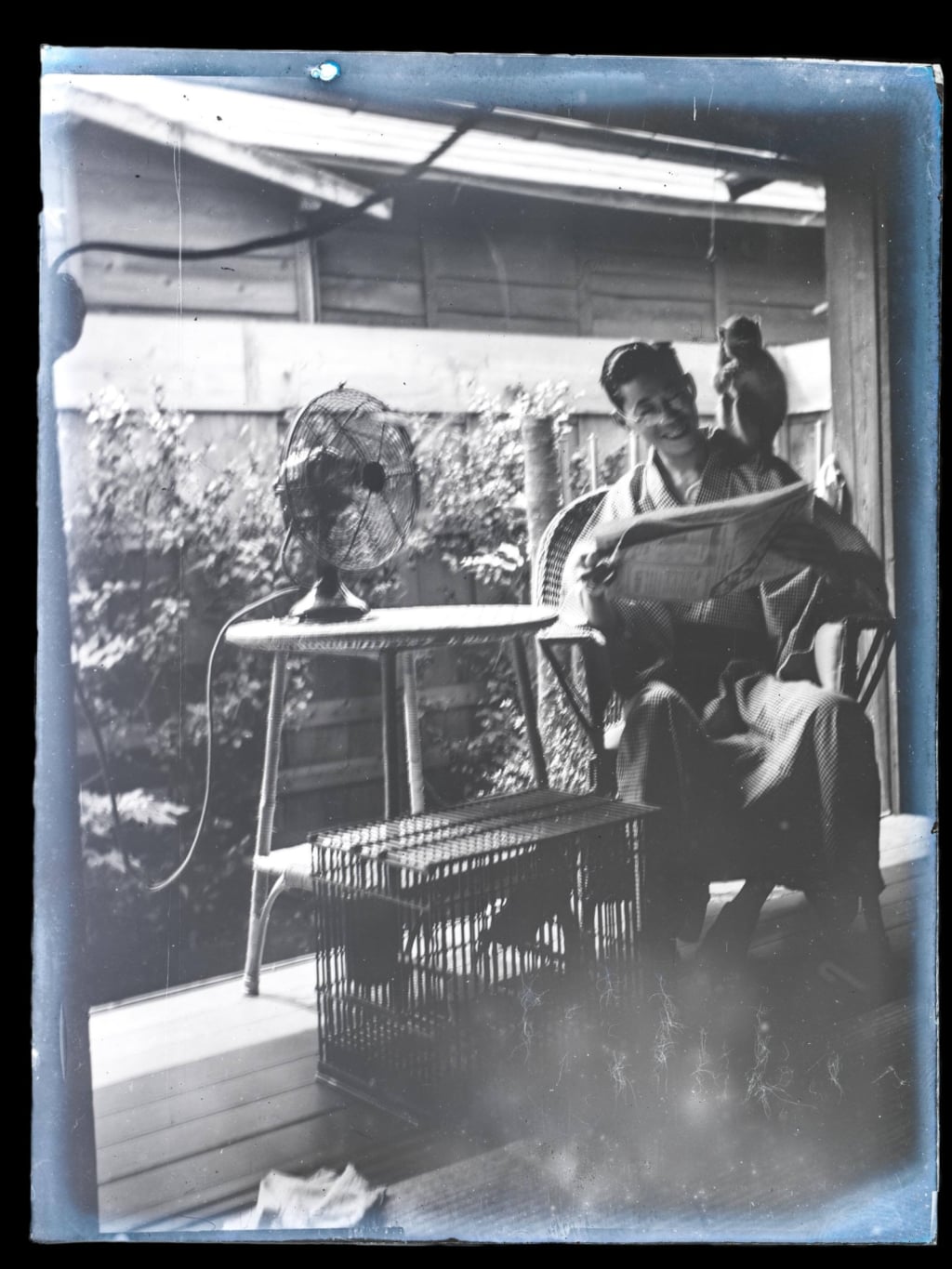
© Hamish Campbell
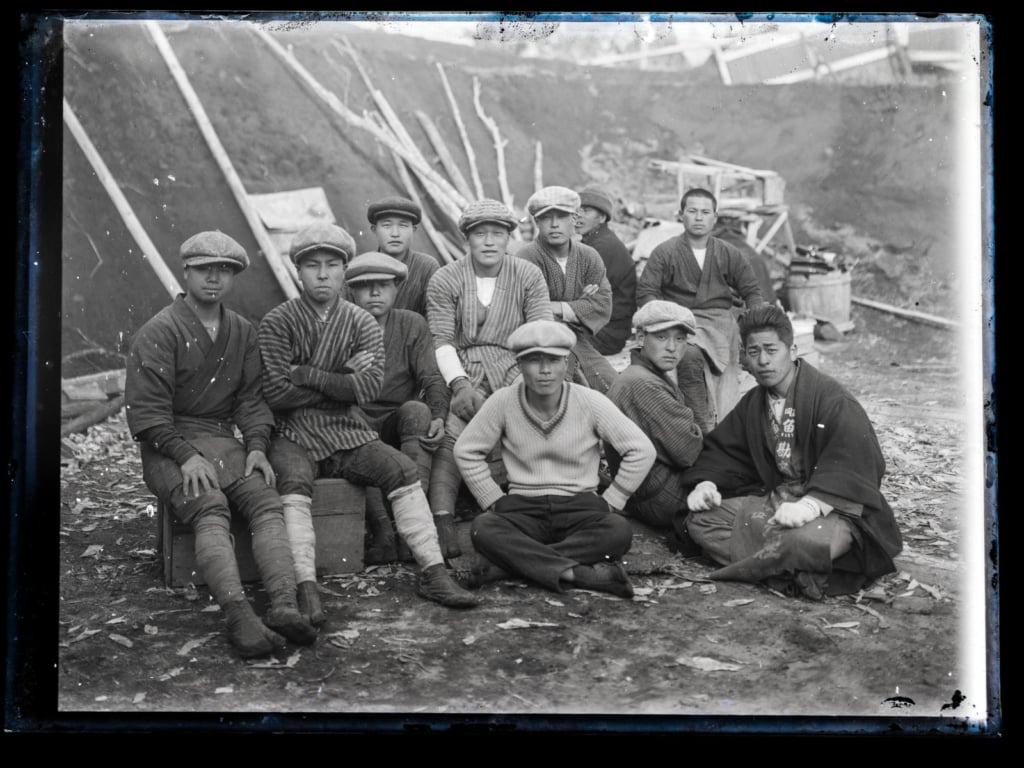
© Hamish Campbell
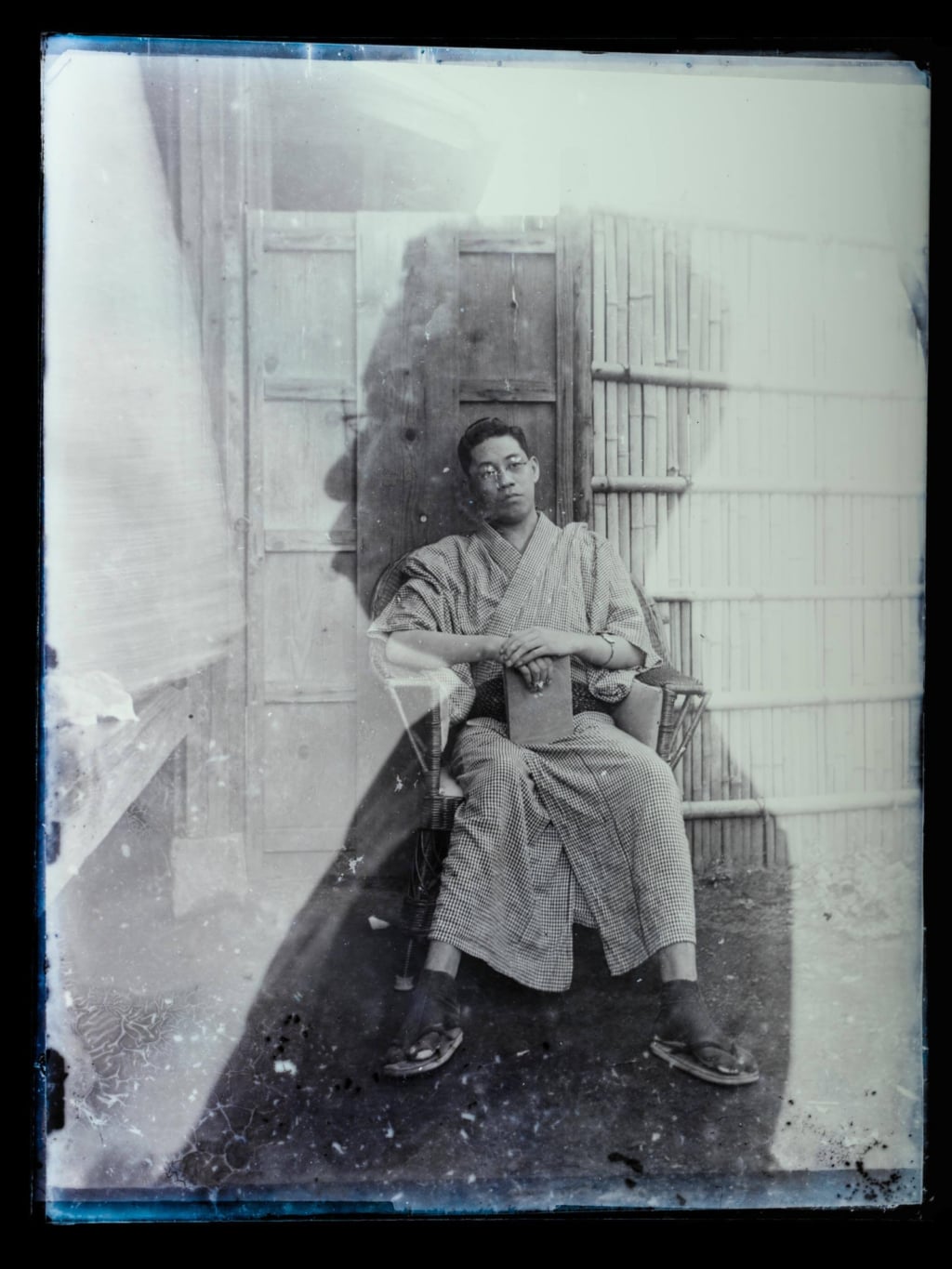
© Hamish Campbell
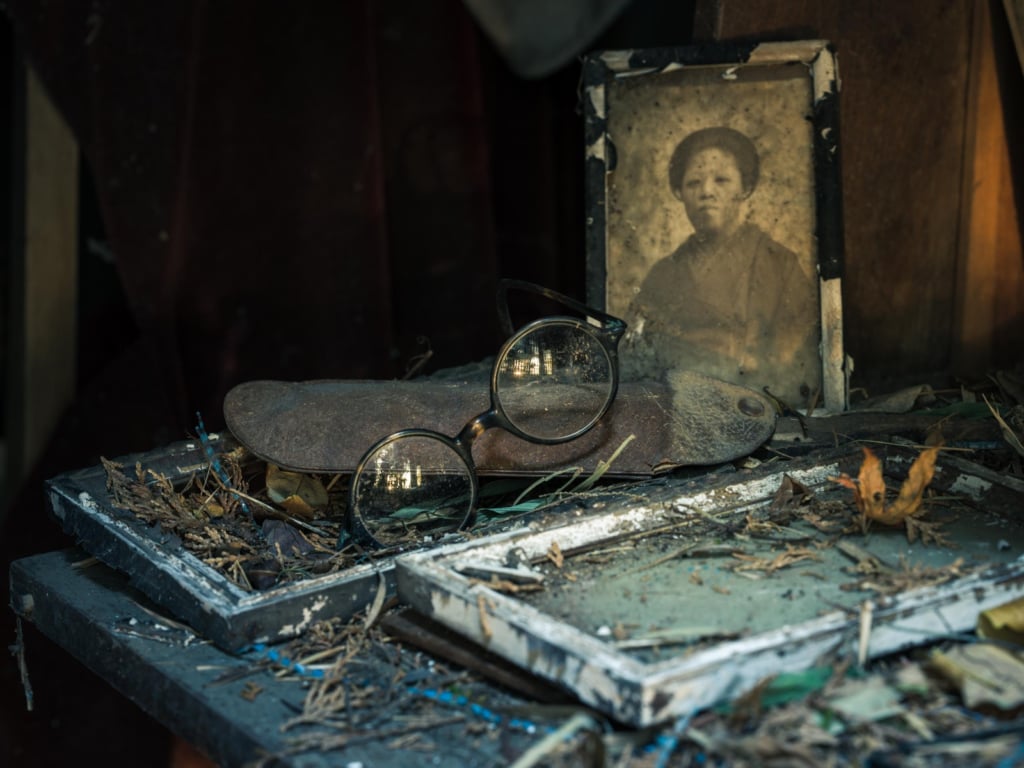
© Hamish Campbell
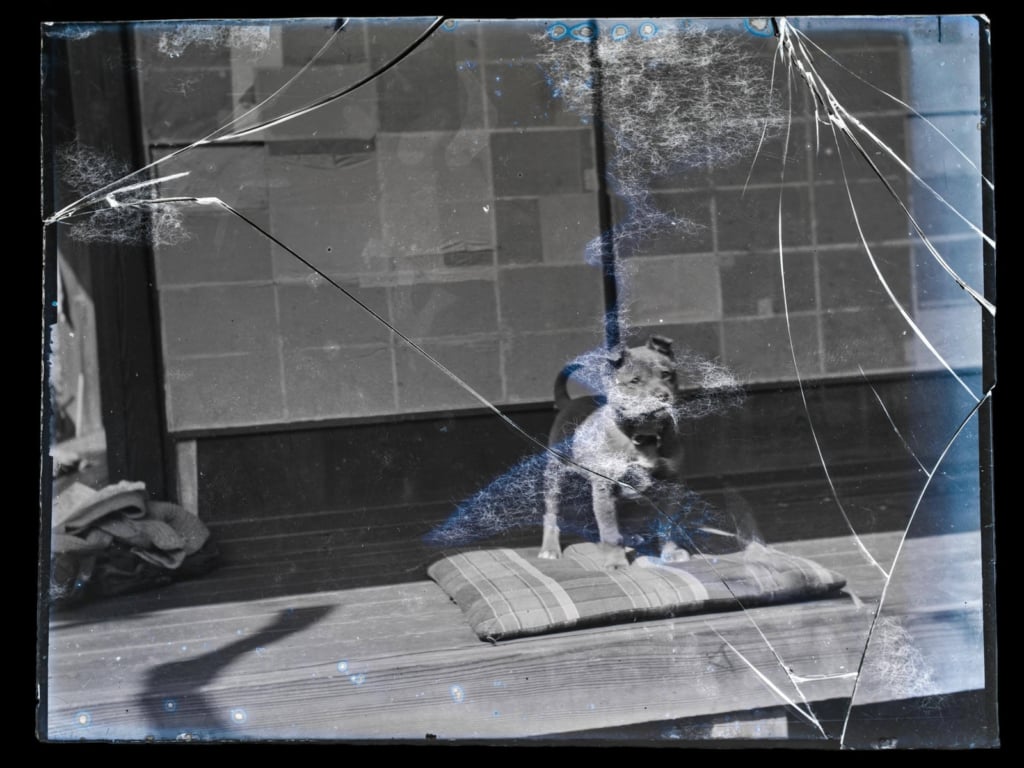
© Hamish Campbell
TRENDING
-
A House from the Taisho Era Reveals Its Secrets
While visiting an abandoned building, Hamish Campbell discovered photographs the owner had taken of the place in the 1920s.

-
The Taboo-Breaking Erotica of Toshio Saeki
The master of the 1970s Japanese avant-garde reimagined his most iconic artworks for a limited box set with silkscreen artist Fumie Taniyama.

-
With Meisa Fujishiro, Tokyo's Nudes Stand Tall
In the series 'Sketches of Tokyo', the photographer revisits the genre by bringing it face to face with the capital's architecture.

-
Masahisa Fukase's Family Portraits
In his series ‘Family’, the photographer compiles surprising photos in which he questions death, the inescapable.

-
Hajime Sorayama's Futuristic Eroticism
The illustrator is the pioneer for a form of hyperrealism that combines sensuality and technology and depicts sexualised robots.





